
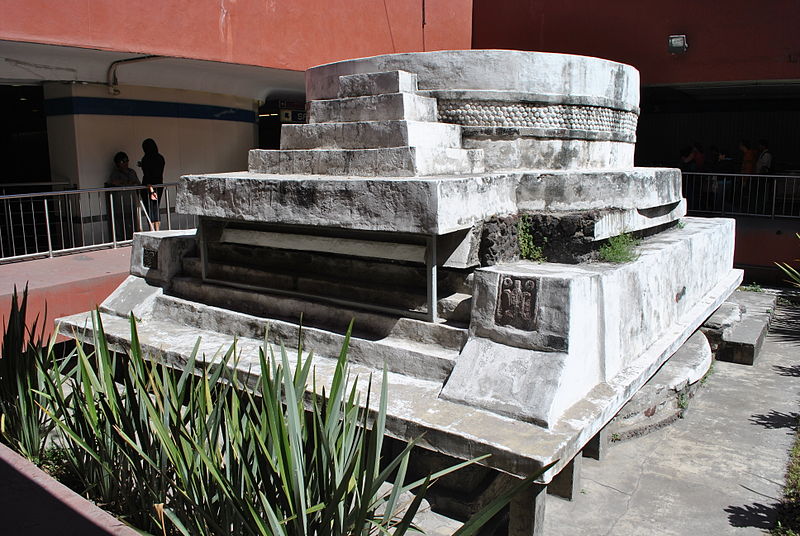
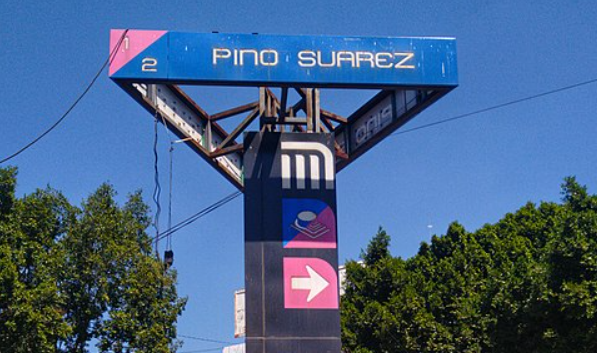
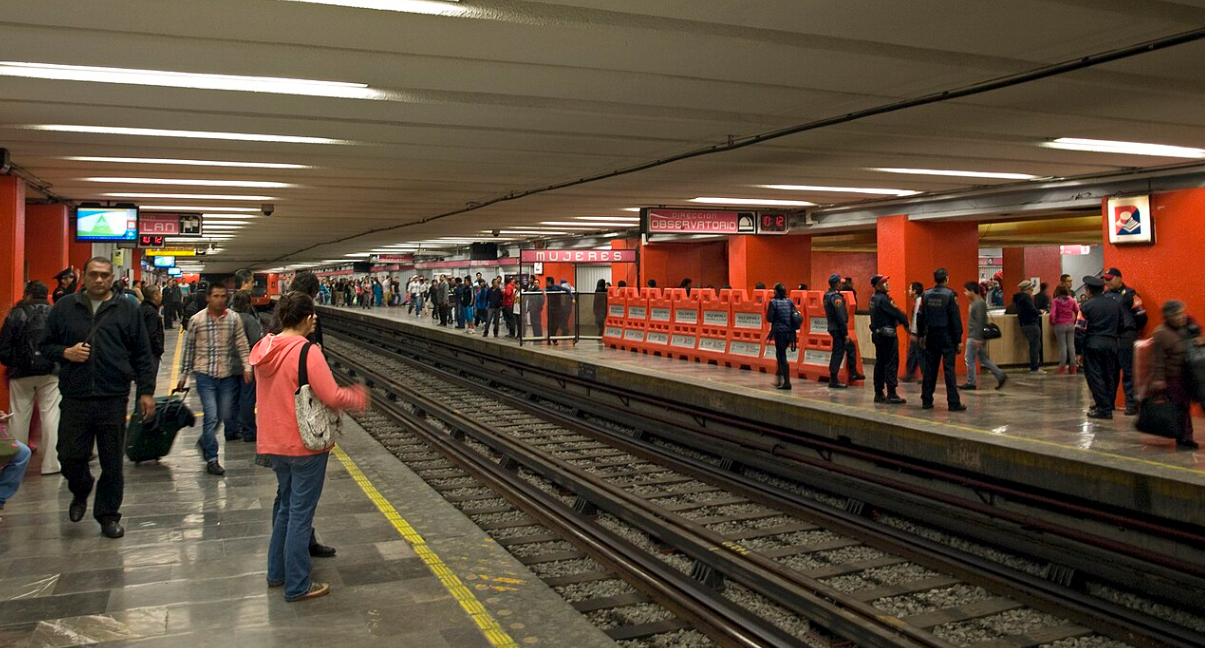
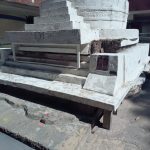 When excavating the center for the subway works of the Metro, a ceremonial complex was found between José María Izazaga Avenue and the Plaza de San Lucas. It consisted of several rooms and temples around an esplanade with stairways. What can be admired today is a circular temple dating from approximately 1400 AD. That curious shape helps us to know that it was dedicated to the God of the Wind, Ehécatl, in the Nahua tradition.
When excavating the center for the subway works of the Metro, a ceremonial complex was found between José María Izazaga Avenue and the Plaza de San Lucas. It consisted of several rooms and temples around an esplanade with stairways. What can be admired today is a circular temple dating from approximately 1400 AD. That curious shape helps us to know that it was dedicated to the God of the Wind, Ehécatl, in the Nahua tradition.
Heart of Mexico Walking Route: Ancient Route
< Route Moneda - Santísima | Casa del Marqués del Apartado >
Proyecto “Corredor de Cultura Digital”.
Nombre de la investigación: Investigación Centro Histórico, Monumentos, Edificios y Puntos de Interés (2023)
Dirección de investigación y diseño de Rutas: Acércate al Centro A.C. Guadalupe Gómez Collada
Coordinación e investigación histórica: Fideicomiso del Centro histórico Dir. Maestra Loredana Montes
 unidad_de_orientacion@metro.cdmx.gob.mx
unidad_de_orientacion@metro.cdmx.gob.mx
 5627.4950/5627.4741
5627.4950/5627.4741
 https://www.metro.cdmx.gob.mx/
https://www.metro.cdmx.gob.mx/
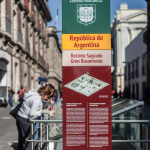
Two windows along Argentina Street offer glimpses into the City's ancient past . . .
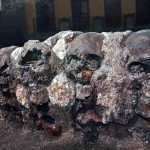
One of the Templo Mayor complex's most compelling secrets is slowly revealed . . .
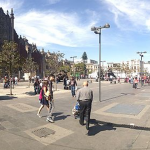
Site of the rebirth of Modern Mexico from its ancient roots . . .

One of the most important sites in the city, even today, don't miss the chance to visit the Templo Mayor.

The first Cathedral to have been built in the Americas.